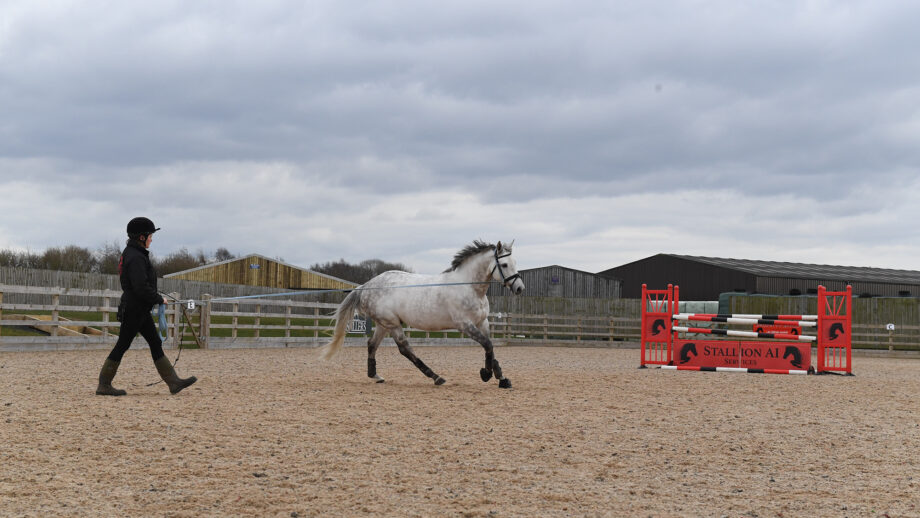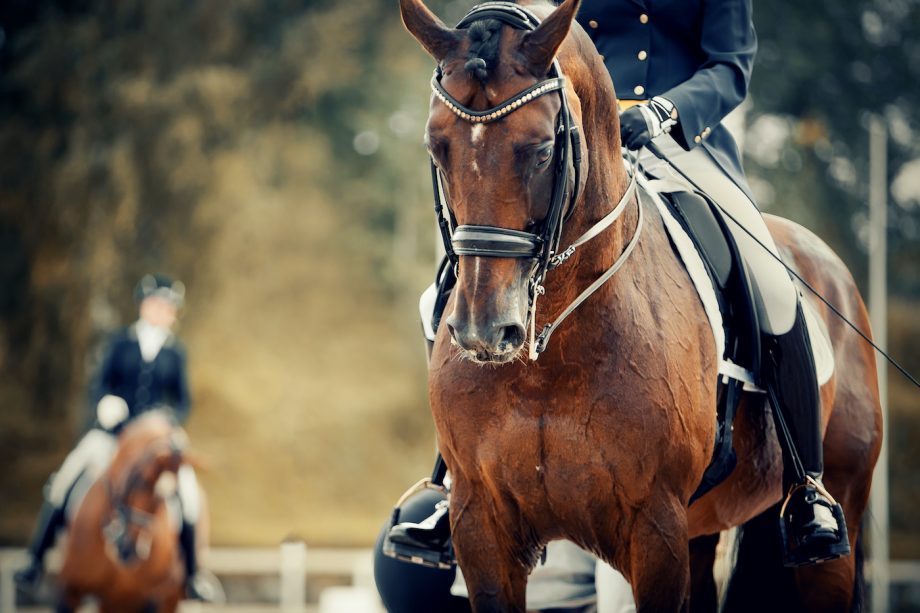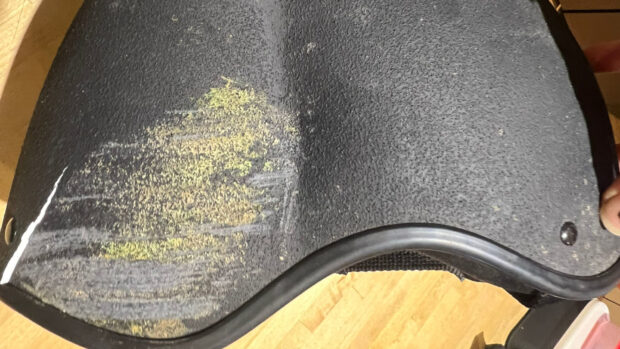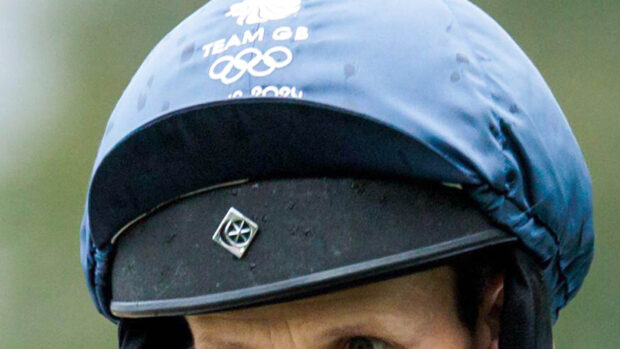Confused by certain dressage terminology you may have heard? Say no more. We’re here to help with our handy dressage jargon buster, to decipher all those weird and wonderful dressage terms you’ll hear around the competition circuit.
From middle tour to hors concours, we’ve got the most confusing competitive dressage terminology covered, so you’ll always know what’s what.
Small tour – a collective term referring to the lowest of the FEI international dressage levels, which are prix st georges (PSG) and intermediate I (inter I).
Middle tour – a category of FEI tests introduced in 2014 to act as a “stepping stone” between small tour levels and big tour. Middle tour refers to inter A and inter B tests, and generally inter II as well.
Big tour – this piece of dressage terminology refers to the highest level category of FEI dressage test, namely the grand prix, short grand prix and grand prix special.
Hors concours – this French phrase, which is commonly abbreviated to HC, loosely translates as “excluded from the competition” and it refers to an entry that is non-competitive. A rider who chooses to compete HC can ride the test, and be marked by the judges, but they will not appear within the results, and they can opt to keep their score private and unrecorded.
Grand prix special – this is a more difficult version of the grand prix dressage test. It includes all the same movements but in a more complex routine, and is regarded as the most difficult test in dressage. It is used at top level international competitions and at championships, where it can be used alongside the grand prix test to determine the team medals, as at the Tokyo Olympics in 2021, or as a standalone competition to determine one of two sets of individual medals, as is common at European and world championships.
Double coefficient – some important movements within a dressage tests earn double marks, and these are referred to as having a double coefficient. In the grand prix test, these are the half-pass on both reins, each piaffe, the pirouettes on each rein, the collected walk, the extended walk, the canter half-pass “zig-zag” and the one-tempi changes. For example, if a rider scores an eight for one of these movements, this gets doubled on their score sheet to 16.
Long arena – a long arena in dressage actually just refers to the standard-sized arena, which measures 20x60m, with the diagonal length from corner to corner measuring 63.24m.
Short arena – a short arena is a shorter version of the standard arena, measuring 20x40m and 44.72m diagonally from corner to corner. The short arena is used for certain British Dressage tests from intro (which is solely performed in a short arena) up to advanced medium, as well as for some para dressage tests.
PYO – this stands for “pick-your-own” and is a type of class seen at national competitions in which riders can perform a test from whichever permitted level they like and all are judged together, regardless of the test they choose to ride.
Ground jury – this term refers to the judges at an international competition. There are usually three, five or seven judges, depending on the level of the event. One of them will be appointed president of the ground jury, and is therefore responsible for ensuring that all rules, regulations and requirements are upheld during the class in question.
Stewards – these are the officials who oversee the running of a competition. Their job involves protecting equine welfare, running the warm-up, organising combinations to enter and leave the competition arena at the allotted time and also to perform “tack checks”, where they make sure all equipment is within the rules.
Chef d’equipe – another French term, which translates as team leader. In horse sport, it refers to a team manager, a person who accompanies the team to international events and championships and is responsible for overall team management, logistics and welfare. A chef d’equipe is not the same as a team trainer, although many are coaches too.
Friendly horse – a companion horse that is permitted to enter the arena with the competing horse at grades I, II and III in para dressage. The friendly horse can be held in hand within the field of play but outside the white boards.
Top and tails – this phrase refers to a top hat and tailcoat: the traditional dress for advanced level dressage. This has changed in recent years with a protective helmet becoming compulsory at all levels. Tailcoats are worn, however, at advanced level and above.
You might also be interested in:

The scales of training explained for horse riders of all levels

Intro to grand prix: Horse & Hound’s essential guide to dressage levels

7 things you wanted to know about affiliated dressage but were too embarrassed to ask

How much does it cost to clone a horse? Plus 9 other interesting cloning facts

Subscribe to Horse & Hound magazine today – and enjoy unlimited website access all year round
Horse & Hound magazine, out every Thursday, is packed with all the latest news and reports, as well as interviews, specials, nostalgia, vet and training advice. Find how you can enjoy the magazine delivered to your door every week, plus options to upgrade your subscription to access our online service that brings you breaking news and reports as well as other benefits.




